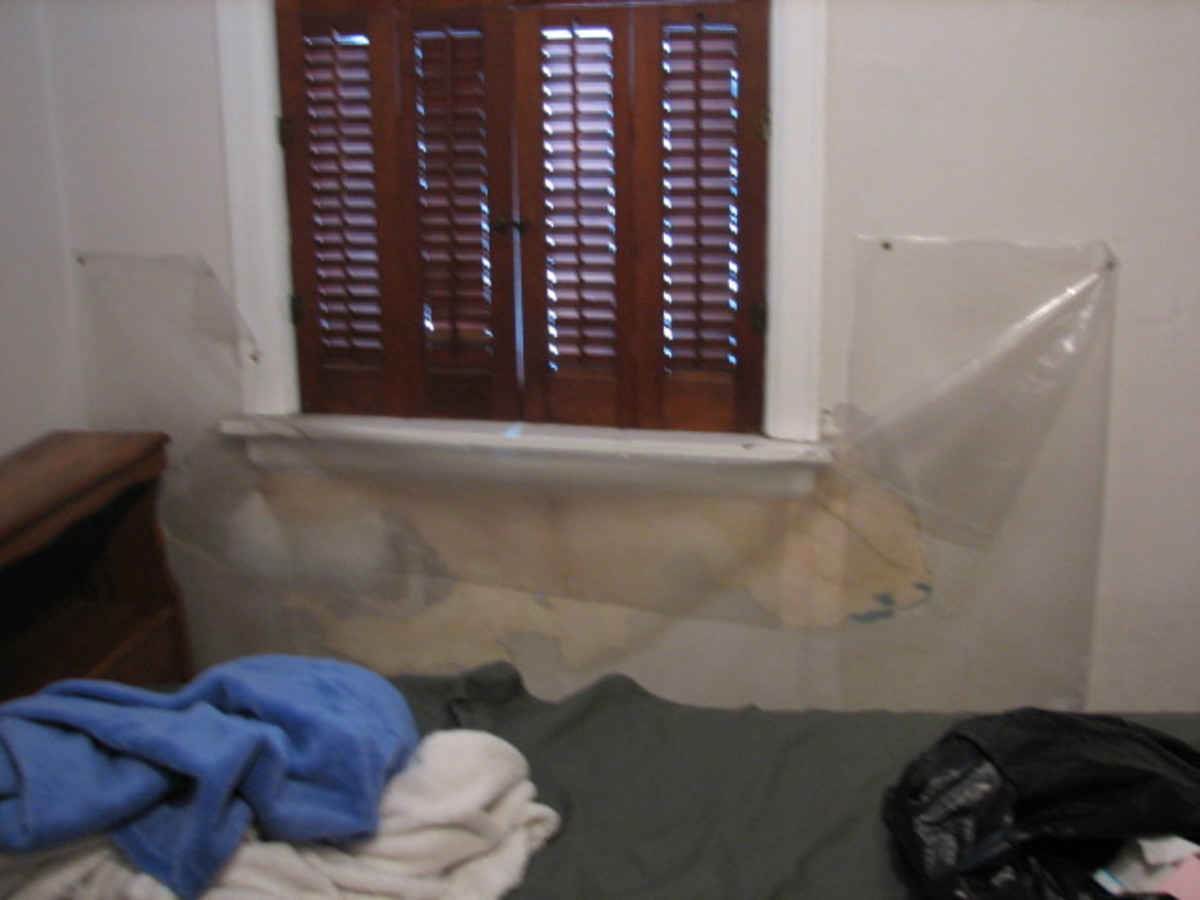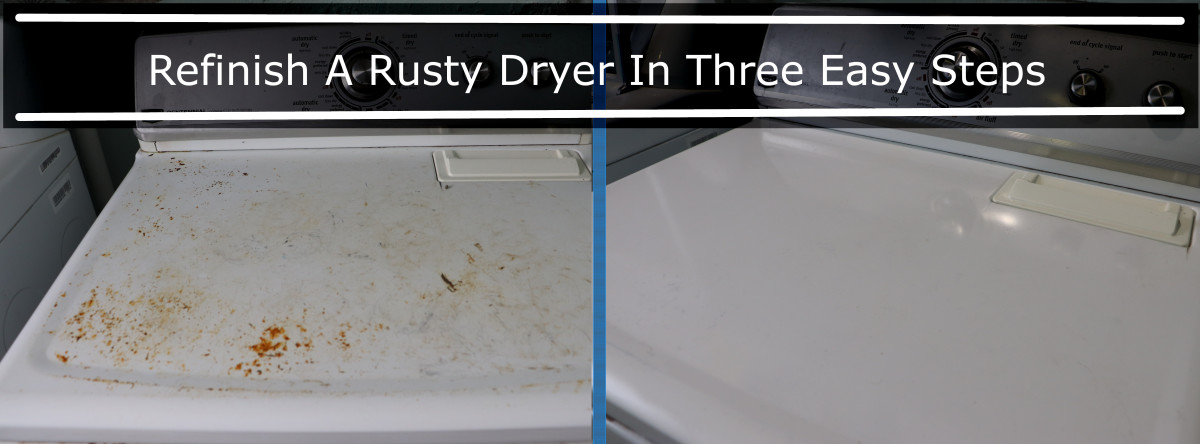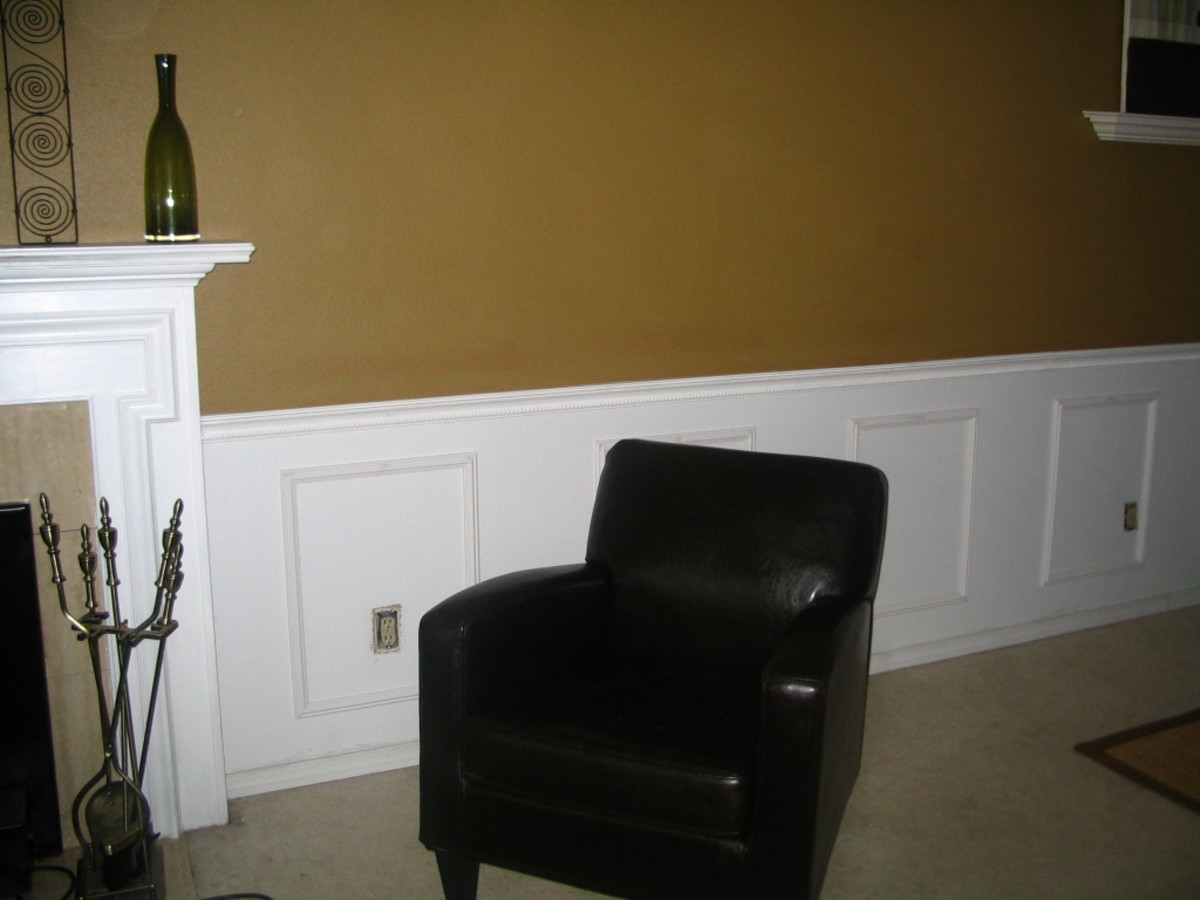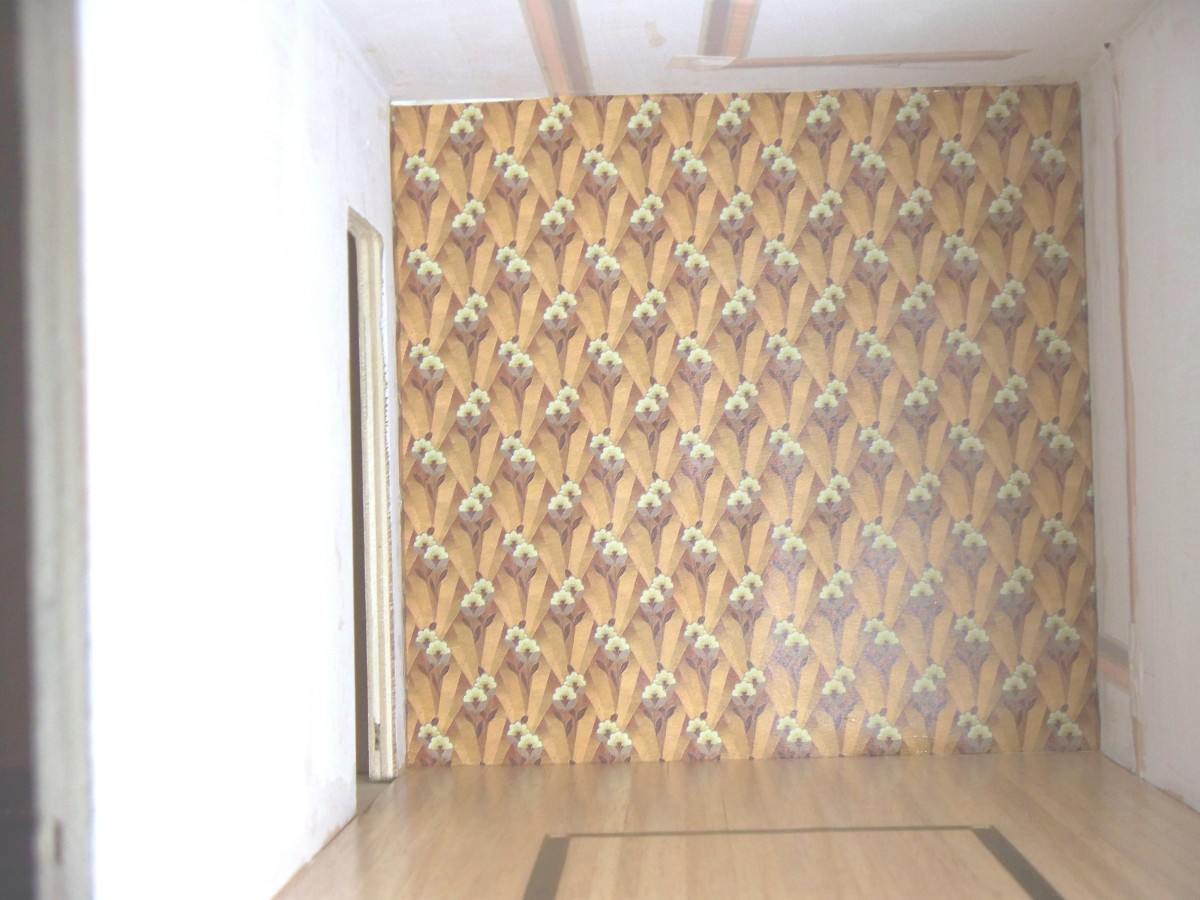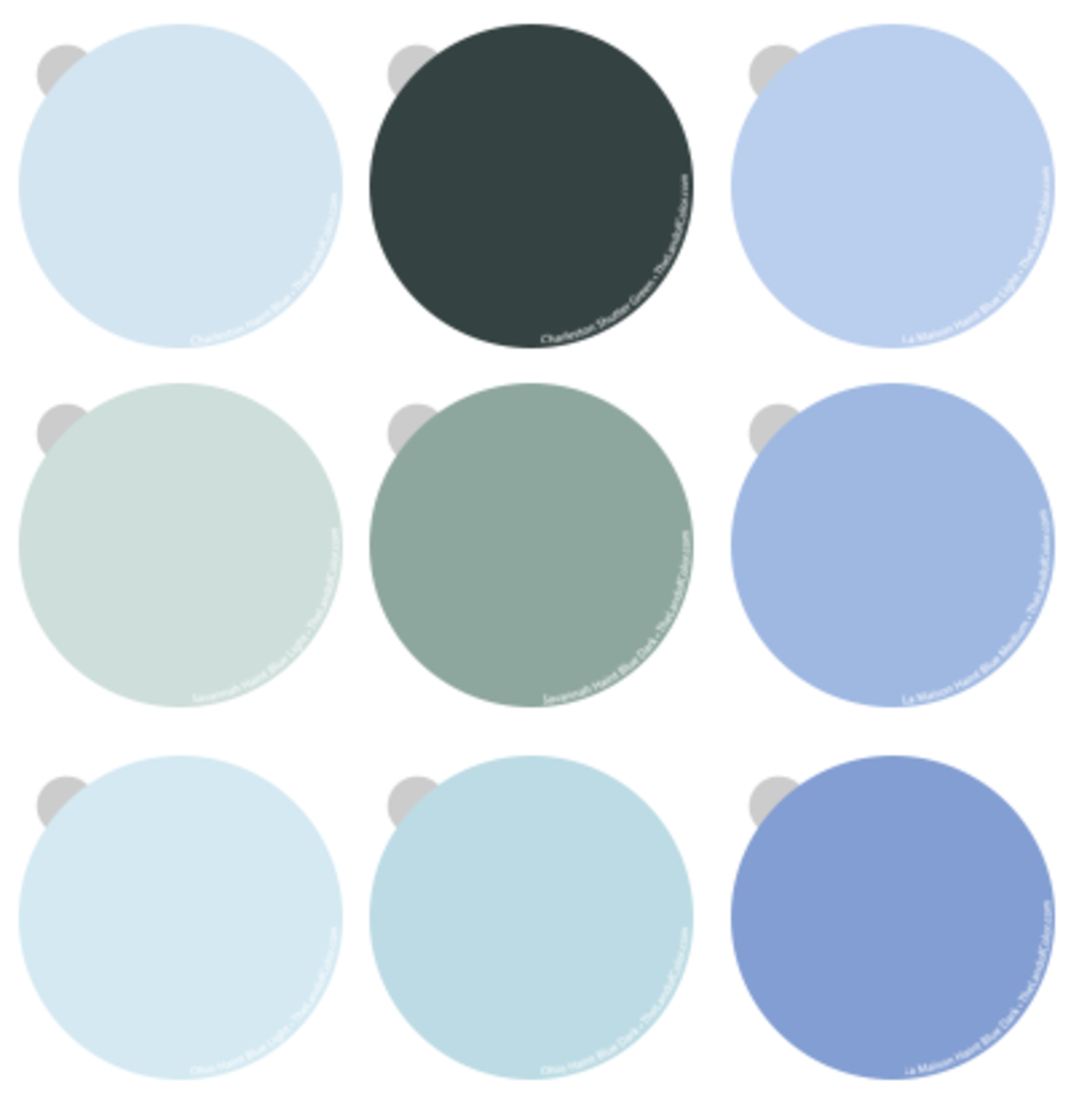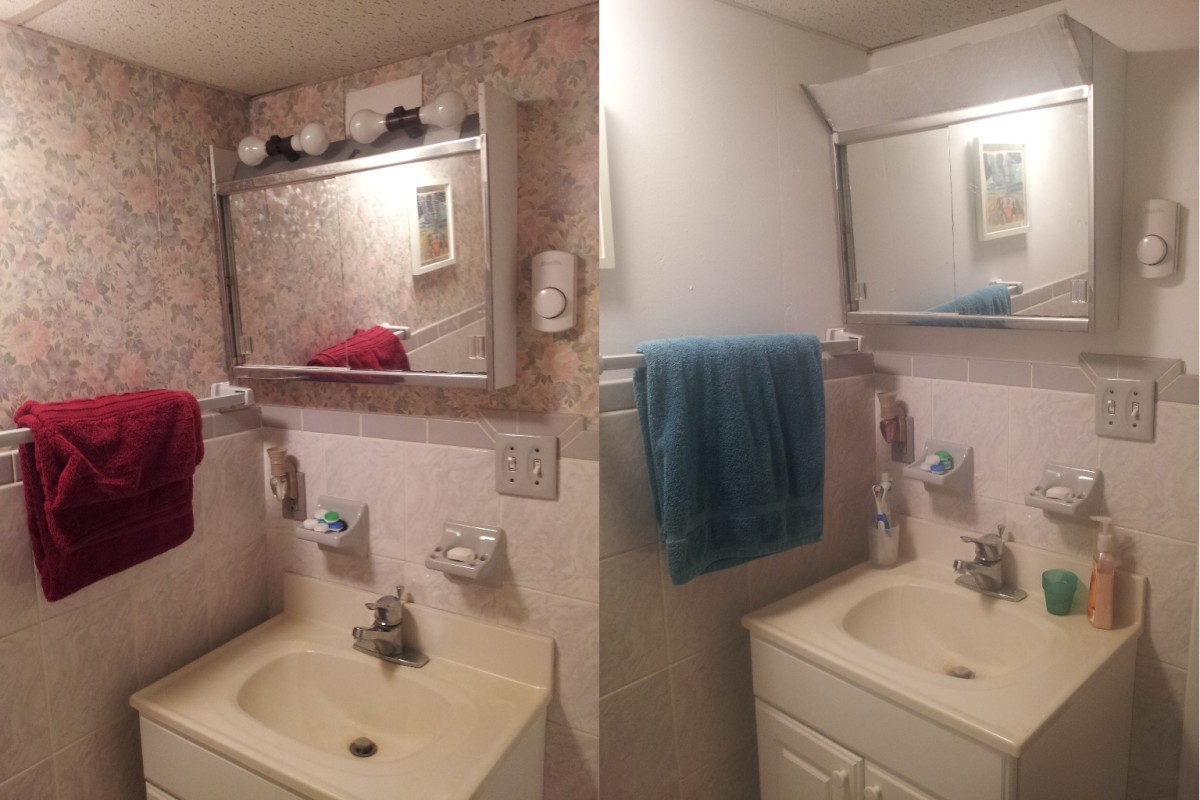The Basics of Choosing a Paint Sheen
These are your choices:
Matte
This sheen is the least glossy of the bunch and is mostly used for walls, it does turn shiny in spots when scratched, especially when using cheaper brands of paint.
Satin
Satin is my preferred choice for woodwork indoors, easier to clean and less demanding of a perfectly smooth surface.
Gloss
Easier to clean and often the most durable, mostly used for outside and a more high end finish.Sadly gloss has some drawbacks as well.
Everything in between
Of course, there are more choices in between but understanding these basic ones will help you make the decision that´s right for you.
Colors react to sheen differently

1. Choosing Matte
Walls:
When choosing a matte finish for your walls it's good to know that because of the open and porous nature of this sheen it will be less demanding off your surface.
This means that in most cases scratches and uneven spots on your wall that you missed when preparing it before painting should be less visible in the end result.
Another plus to a matte finish is the lack of light reflection making it easier on the eyes and giving it a warm and calming effect, this is especially noticeable in darker colors.
The downside to choosing matte for your walls especially when using cheaper brands is that it is mostly not very scratch proof making it easier to damage and leave stains.
Woodwork:
A matte finish for woodwork can have the same benefits as mentioned for the walls making your paint job a lot easier because your surface doesn't need to be perfectly smooth to still achieve a nice end result, the problem lies in keeping it nice.
Yes, your matte finish will look nice when you've just finished painting it but if it's something you use daily (like a cabinet for example) you'll soon find that wear and tear is quickly noticeable.
The matte surface gets smoothed out simply by touching it, this in turn makes those spots a little more shiny compared to the undamaged bits and this offset of shine and matte really sticks out.
My advice is usually to stick to decorative items when choosing matte as these will get touched less and will stay looking freshly painted for much longer.
Matte walls nicely offset other sheens and colors
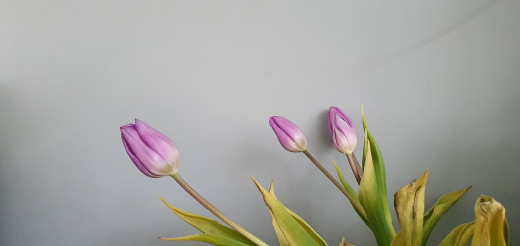
Summary of choosing Matte
-Warm and calming effect
-Less demanding of your surface
-Almost no light reflection
-Damages are noticable earlier on
2. Choosing Satin
Walls:
When choosing a Satin finish for your walls you're getting a much smoother surface meaning a much more luxurious look which will stay looking nice for a very long time.
A Satin finish is much easier to clean than matte making it the better choice for high traffic areas like hallways and staircases.
Another plus to a satin finish for your wall is that for most brands it's the durable option making it more scratch resistant.
The downsides to using satin paint on your walls is that when you do manage to scratch it the scratches become more noticeable because of the offset in sheen, unevenness on the wall before painting is also more noticeable so more work into smoothing out the wall before painting is a must!
Woodwork:
A satin finish for woodwork indoors is almost always the right answer, satin has a very subtle sheen to it, the smooth surface makes this finish both easy to achieve and easy to maintain.
This middle sheen isn't as shiny as it's glossy counterpart and perfect for your average DIY enthusiast, it's less demanding of a smooth surface and when you do damage it it's less noticeable than with matte or glossy.
It's also easier to clean than the matt finish because the surface of satin is much more smooth, this makes cleaning it much less of a chore as dust and dirt won't stick to it as much.
Small imperfections in your surface will mostly be masked by using this sheen but don't expect too much and make sure you smooth out your surface before applying the paint.
Satin will look better for much longer
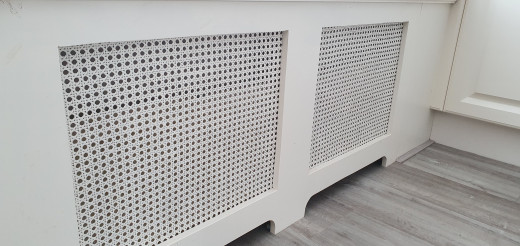
Summary of choosing Satin
-Easy to clean
-Subtle sheen
-Hides small imperfections
-Higher difficulty for use on walls
3. Choosing Gloss
Walls:
A gloss finish for your walls is the most difficult sheen to do properly, when done right your wall should look almost like a mirror but beware that any imperfection in the wall will be instantly noticeable.
The surface of a gloss paint is the easiest to clean as the smooth surface works very much like a bathroom tile, this means that most smudges will simply need a wet cloth to remove.
More shine will also reflect any light source making any room seem much bigger, beware of rooms with monitors in them though as this reflection can also make it harder to see them.
The biggest downside to using gloss on walls is that every mistake you make before and during the paintwork can be seen in the finished work, every imperfection to the wall needs to be smoothed out in advance and your paint coats should be applied as evenly as possible to avoid this.
Woodwork:
The higher difficulty of a gloss finish applies to wood paints too, the results can be a luxurious and polished look, but only if applied properly.
The upsides to the qualities of a gloss paint can be best noticed when applied outside, the smooth surface will make it much harder for dirt and grime to stick to it and when it does get dirty it's easily rinsed off after some rain.
Inside this means that fingerprints around your door handle are easily wiped off, the downside is that these same fingerprints are more noticeable before cleaning them.
Only choose gloss if you are confident in your painting skills or know someone who is.
A gloss paint will make any surface more luxurious
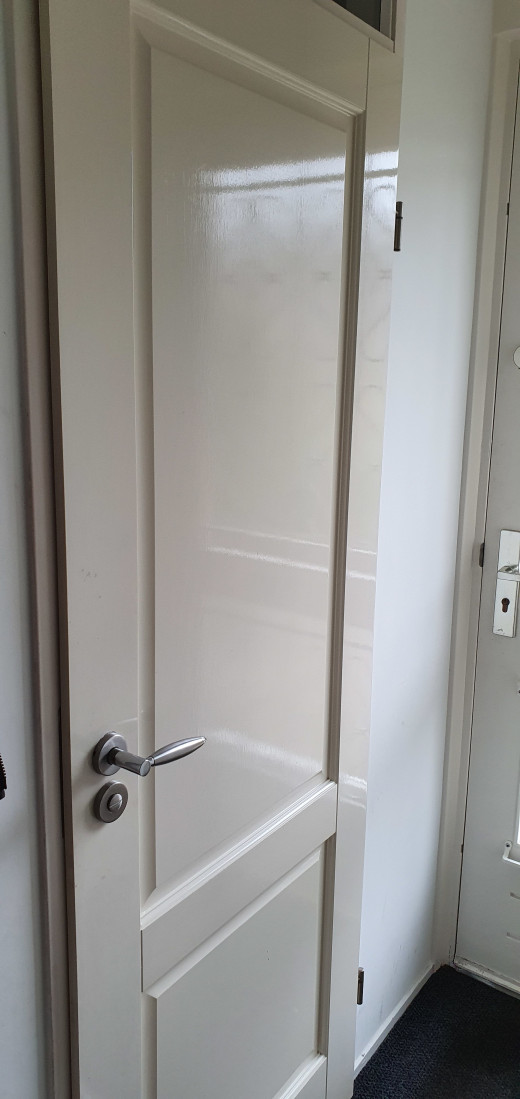
Summary of choosing gloss
-Easy to clean
-Most durable
-Highest sheen for a polished look
-Highest difficuly
4. Everything in between
The naming of these sheens can vary widely depending on where you live but if you stick to the basics described in this guide you should be able to make the right choice.
From the most matte to the most glossy the most common names should be:
Flat → Matte→ Eggshell→ Satin→ Semi-Gloss→ (High) Gloss
When choosing a sheen that lies somewhere in between be aware that it's properties will probably also lie somewhere in between adding benefits from one can also raise the difficulty for example.
This content is accurate and true to the best of the author’s knowledge and is not meant to substitute for formal and individualized advice from a qualified professional.
© 2020 Patrick van Offeren

